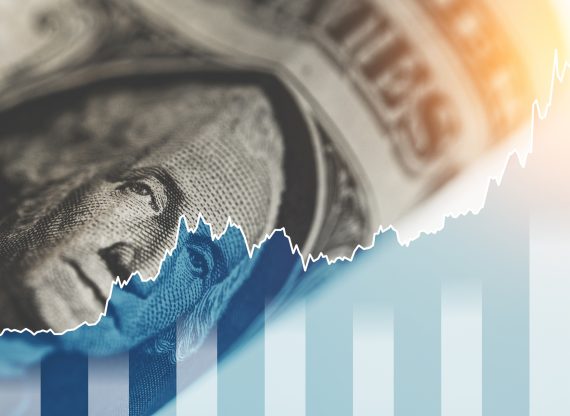The siren song of price controls

If we could tame inflation with laws and regulations, we would have discovered it by now.
But that’s not stopping Prime Minister Justin Trudeau from letting it be understood that he’s getting ready to try once again where so many others have failed before him. In the last few weeks, his government studied, amongst other things, France’s approach, namely freezing grocery store food prices.
There’s nothing new or original about the idea of a price freeze. The first documented historical case goes all the way back to the Roman emperor Diocletian in the year 301. The literature tells us that it didn’t work back in the day, and it hasn’t worked any better in the intervening centuries. In fact, in economics, the measure is widely seen as being counterproductive.
What needs to be understood is that a price acts a bit like a thermometer. Simply put, it acts as an indicator of the level at which the amount producers are ready to supply to the market is equivalent to the quantity demanded by consumers based on what they have to spend.
Inflation, in this analogy, is the equivalent of a temperature increase. Instead of it being 24 degrees in your home, it is now 28. The idea of a price control amounts to exchanging the thermometer for a smaller one that only goes up to 24, and declaring that the problem is solved. Clearly, this strategy does not actually solve the problem, but rather deprives us of information regarding its extent and its evolution.
Just as the best way to lower the temperature in the said home is to adjust the thermostat, taming inflation happens through the monetary policies of central banks.
Indeed, it’s not because the prices measured stop climbing when the government imposes price controls that real prices, for their part, stop growing.
It frequently happens, for example, that companies subject to government price controls instead adjust the size of the product—so-called “shrinkflation.”
An example commonly used is that of former US President Richard Nixon who, in the 1970s, had decreed price controls over building materials. In order to respect the regulated price, all while reacting to increases in their production costs, manufacturers modified the dimension of boards. While the posted price remained the same, the real price continued to go up.
Another telling example is that of the rationing that was imposed during the Second World War. Ottawa had imposed price controls on a vast array of goods and services. However, this led to shortages. It therefore became necessary to ration products. At the time, Canadians had to stand in long lines to purchase the goods they needed, and even then could only do so in limited quantities.
The result was the creation of illicit markets—with much higher prices than the official prices—allowing consumers to buy the products they needed in greater quantities than what was authorized by the rationing system. To top it all off, merchants used to sell their lower quality goods in the market controlled by the government and keep their better quality goods for the black market.
Whatever we might think of this, it imposes very real costs on individuals. They’re just harder to see. Fellow economist Casey Pender and I estimated prudently that real inflation in Canada at the time was 48 per cent—well above the official figure of 28 per cent reported back then. A similar exercise leads to a similar observation for the United States.
We could continue citing example after example, but we would quickly exceed the allotted word limit for this piece.
The fact is that regulating prices does not solve the fundamental problem of inflation. It does not interrupt the “price spiral.” On the contrary, it merely reduces the quality of economic information available to consumers, entrepreneurs, and policy-makers.
To fight inflation, the central bank needs to adopt a sound monetary policy, and economic growth needs to be encouraged. These might not be easy solutions, but they at least have the virtue of actually working.
Vincent Geloso est économiste senior à l’IEDM. Il signe ce texte à titre personnel.

